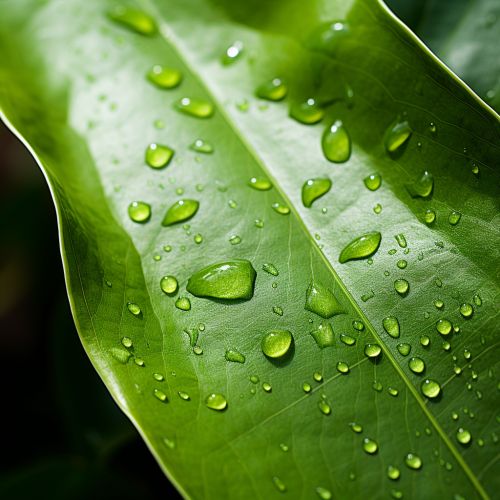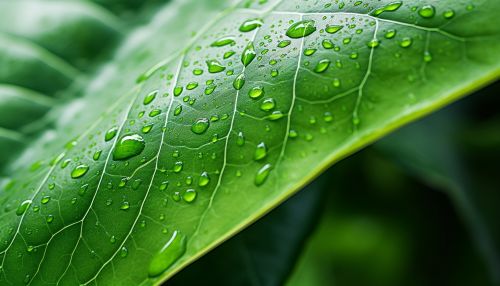Biotic stress
Introduction
Biotic stress is a process that occurs when an organism faces stress conditions that are derived from other living organisms. They pose a threat to the biological functions of the organism. Biotic stress is one of the major factors that affect the growth and productivity of crops. This stress can lead to a series of changes in the plants, including morphological, physiological, biochemical and molecular changes. These changes may affect the growth and yield of the crops.


Types of Biotic Stress
Biotic stress can be caused by a number of different organisms, including:
- Pathogenic organisms: These include bacteria, fungi, viruses, and other microorganisms that cause diseases in plants.
- Herbivorous organisms: These include insects, birds, mammals, and other animals that feed on plants.
- Parasitic organisms: These include nematodes, insects, and other organisms that live on or in the plant and cause harm.
Effects of Biotic Stress
Biotic stress can have a significant impact on the growth and development of plants. It can lead to a decrease in crop yield, a reduction in the quality of the harvested product, and a loss of economic value. The effects of biotic stress can be seen in various aspects of plant growth and development, including:
- Photosynthetic efficiency: Biotic stress can lead to a reduction in the efficiency of photosynthesis, which is the process by which plants convert light energy into chemical energy.
- Nutrient uptake: Biotic stress can affect the ability of plants to take up nutrients from the soil, leading to nutrient deficiencies.
- Water uptake: Biotic stress can affect the ability of plants to take up water, leading to water stress and drought conditions.
- Growth and development: Biotic stress can lead to a reduction in plant growth and development, leading to a decrease in crop yield.
Response to Biotic Stress
Plants have developed a range of strategies to cope with biotic stress. These include:
- Physical and chemical defenses: These include the production of physical barriers (such as thick cuticles, trichomes, and bark) and chemical defenses (such as toxins, repellents, and antifeedants) that deter herbivores and pathogens.
- Systemic Acquired Resistance (SAR): This is a 'whole-plant' resistance response that occurs following an earlier localized exposure to pathogens.
- Hypersensitive Response (HR): This is a form of programmed cell death in the local region of pathogen infection, often accompanied by the production of antimicrobial compounds.
- RNA Interference (RNAi): This is a molecular mechanism that plants use to silence the expression of certain genes in response to biotic stress.
Management of Biotic Stress
The management of biotic stress in plants involves a combination of cultural practices, biological control methods, and the use of resistant varieties. These include:
- Cultural practices: These include crop rotation, intercropping, and the use of trap crops to reduce the population of pests and pathogens.
- Biological control: This involves the use of natural enemies of pests and pathogens, such as predators, parasites, and pathogens, to control their populations.
- Use of resistant varieties: This involves the use of plant varieties that have been bred or genetically modified to be resistant to specific pests or pathogens.
Conclusion
Biotic stress is a major challenge in agriculture, affecting the yield and quality of crops. However, through a combination of cultural practices, biological control methods, and the use of resistant varieties, it is possible to manage biotic stress and reduce its impact on crop production.
